You might have driven past the arrow sign on the road thousand of times without knowing that the principle behind its graphic was once used by Renaissance men like Leonardo Da Vinci, Donatello etc. The term is anamorphosis – a distorted projection or perspective requiring the viewer to use special devices or occupy a specific vantage point to reconstitute the image. The word derived from the Greek prefix ana‑, meaning back or again, and the word morphe, meaning shape or form. There are two main types of anamorphosis: perspective (oblique) and mirror (catoptric), both depend on the mastery of laws of perspective to create the effect.
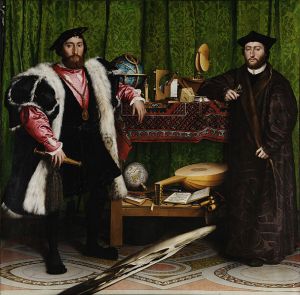

Figure 1-2: The Ambassadors – Hans Holbein the Younger
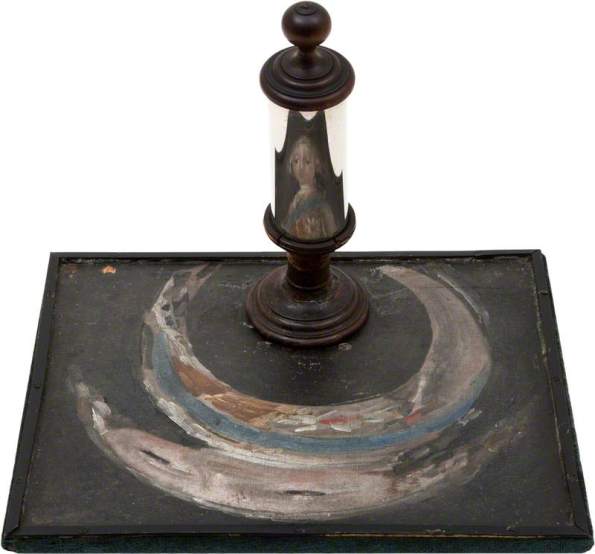
Figure 3: The secret portrait of Bonnie Prince Charlie


Figure 4-5: The Church of St. Ignatius, Rome. Frescoes by Jesuit Andrea Pozzo
The technique dated back to Renaissance time, which is also when perspective drawing was mastered by artists like Brunelleschi, Leonardo da Vinci, Donatello etc. The first known perspective anamorphosis is believed to be Leonardo’s Eye (Leonardo da Vinci, c.1485). Another painting example is The Ambassadors by Hans Holbein the Younger, in which a distorted shape was drawn diagonally across the bottom that, when viewed at a certain angle, revealed itself to be a skull. The technique is also applied in architecture, most famously The Church of St.Ignatius. At the time of construction, funds were so limited that a dome structure could not materialized, which led the church to commission Jesuit Andrea Pozzo to visually create a “dome effect” through frescoes and painting on the ceiling. Today, if you stand in the centre of the nave on the star mark and look up, you will see the painting and its “dome” in full effect.
Mirror anamorphosis required event more complex understanding of perspective that although it was invented in the late 16th century, little artworks featured the technique. An exemplary use of the technique is the secret portrait painting of Bonnie Prince Charlie in the late 18th century. Charles Edward Stuart is the Prince who led the Jacobite uprising in 1745 which ended after his defeat at the Battle of Culloden. The painting by an unknown artist utilized anamorphosis as a way of secretly support the uprising without risking personal safety. A distorted image was drawn on a tray and can only be seen when a polished cylinder is placed in the correct position. If you are interested in the science and the technicality behind this, read this.
The technique is revived by 19th & 20th century contemporary artists, mainly for decoration and art installation purposes. The list include Hans Hamngren, a Swedish artist who experimenting with mirror anamorphosis in the 60s & 70s, István Orosz – a Hungarian artist, Felice Varini – 2000/2001 Marcel Duchamp Prize Winner, Myrna Hoffman, a children interactive toys designer, Jonty Hurwitz – a revolutionary South African artist who marries anamorphosis and sculpture etc. Modern technologies such as computers, softwares, 3D-printing certainly make the job easier, although many argue that craftsmanship and knowledge are greatly compromised. Many of graphic anamorphosis works such as Felice Varini’s project image onto buildings, which will then be traced and applied colors. The understanding of perspective principles seems unnecessary. Similarly, Jonty Hurwitz’s sculpture works use 3D scanning on the actual object, which will subsequently be altered using special software to create the correct “distorted” shape, from which the sculpture will be made from. The machine is doing most of the thinking.
Not only do we see the shift in the use of technique, we also can detect the shrinking in what purposes it is used for. If the artist of the past can visually achieve desired architecture effect through graphic, or use it as a form of advocacy, today’s advance tools and skills are limited to create mere optical decorative illusion. Can we have a modern day “Bonnie Prince Charlie”?

Figure 6: Anamorphosis works by Hans Hamngren

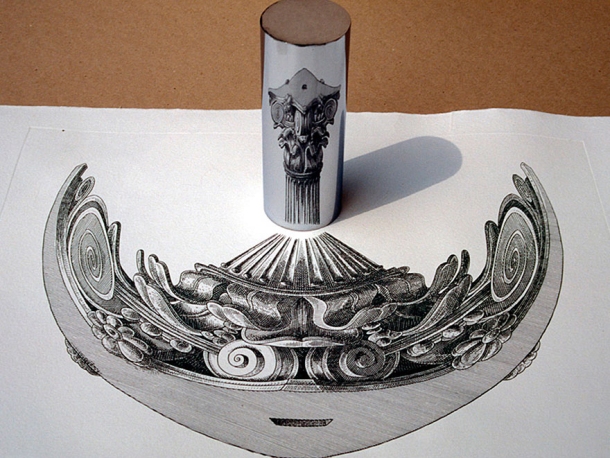
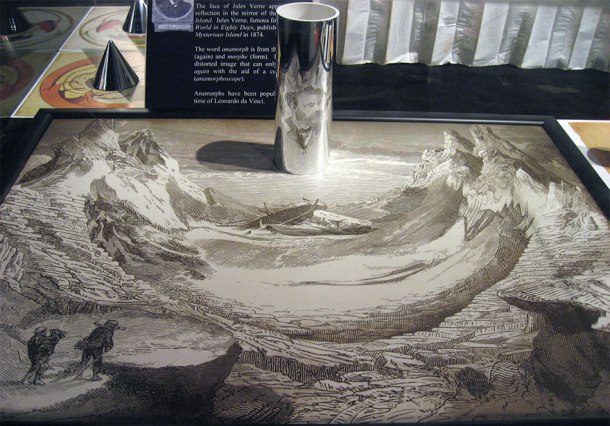
Figure 7-10: Anamorphosis works by Istvan Orosz

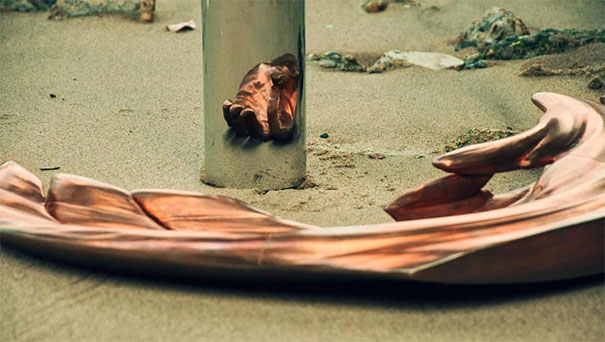

Figure 11-13: Anamorphosis sculpture by Jonty Hurwitz


Figure 14-15: Graphic Anamorphosis by Joseph Egan
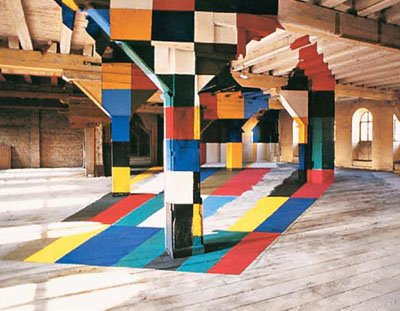


Figure 16-18: Graphic Anamorphosis by Georges Rousse



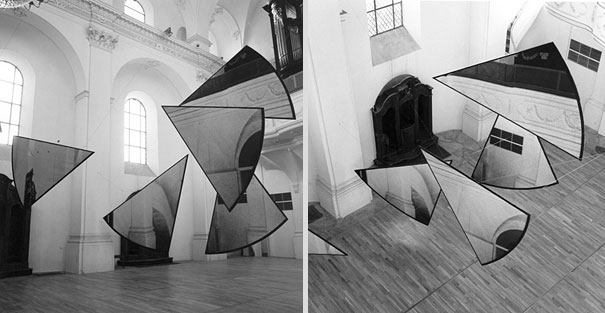


Figure 19-23: Anamorphosis by Felice Varini